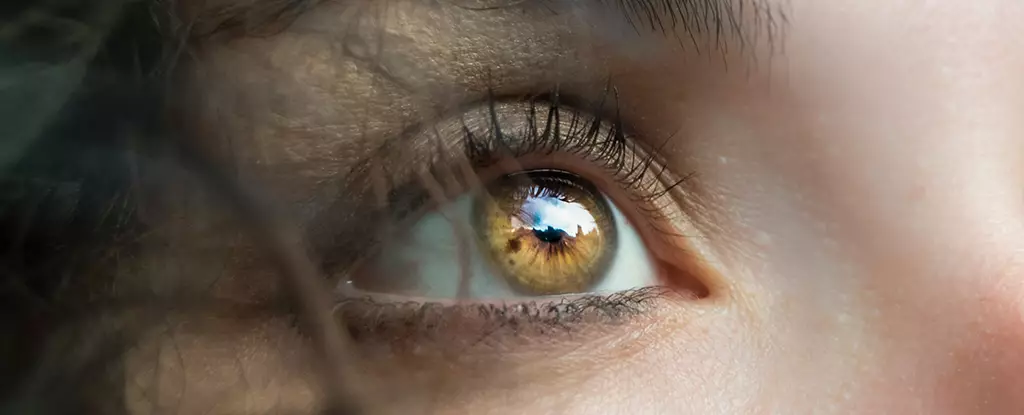Recent advancements in medical research have unveiled an intriguing connection between our eyes and the risk of stroke. A groundbreaking study has identified 29 distinct ‘fingerprints’ of blood vessels located in the retina, the thin layer of tissue at the back of the eye. These findings, derived from an international research effort, propose a novel and potentially life-saving technique for early stroke detection through simple eye examinations. Given that nearly 90% of strokes are linked to modifiable risk factors, this innovative approach offers a glimmer of hope in the fight against this life-threatening condition.
The research in question was extensive, involving detailed analysis of retinal images from a staggering 45,161 individuals. This database was rich in potential insights, particularly since it encompassed a representative sample of the population over an average span of 12.5 years. Among these participants, 749 experienced a stroke, providing researchers with a robust dataset for their analysis. Utilizing machine learning algorithms, the team focused on identifying distinctive patterns in the eye’s blood vessels—specifically, examining attributes such as their density and shape.
The results were promising: researchers highlighted 29 retinal vascular characteristics that showed a significant correlation with an increased risk of stroke. Such parameters were observed to elevate the likelihood of a stroke by 9.8% to 19.5%, signifying that changes in retinal blood vessels could serve as vital indicators of broader cardiovascular issues.
This study not only reinforces the long-standing notion that the health of our eyes can reflect our overall health but also ties eye health to specific strokes and risk factors. It revealed that several underlying conditions, such as hypertension and atherosclerosis, could manifest through retinal changes, suggesting a direct relationship between vascular health in the eyes and the brain. Importantly, while the study established correlations, it should be noted that it stopped short of confirming direct causes. Establishing clear cause-and-effect relationships requires further in-depth research.
The implications of these findings are not merely academic; they could pave the way toward practical applications in healthcare settings. With the potential for routine eye examinations to serve as screening tools for stroke risk, healthcare providers may be able to identify at-risk individuals earlier, allowing for timely interventions that could stave off the progression of more severe conditions.
Despite the bright prospects, challenges still loom over the application of this innovative eye test approach. Predicting stroke risk is a complex endeavor that encompasses various factors, including lifestyle choices, genetics, and existing medical conditions. While the retinal parameters provide valuable insight, they represent only a fragment of the multifaceted nature of stroke risk.
Moreover, the implementation of AI-driven solutions in healthcare must contend with several barriers, including access to the necessary technology and training for healthcare professionals. In low-resource settings, the model presents a particularly practical solution, yet it will require concerted efforts to make these resources widely available.
In the realm of preventive medicine, the emergence of eye tests as a potential tool for stroke risk assessment signifies a remarkable step forward. With further validation and the integration of these techniques into routine healthcare practices, there is a promising avenue for improving patient outcomes. The synergy between eye health and brain health may soon become a standard part of medical assessments, revolutionizing how we approach the prevention of strokes and other related health issues. As we stand at the cusp of this transformative possibility, ongoing research and implementation will be crucial for harnessing this innovative potential to its fullest extent.


Leave a Reply